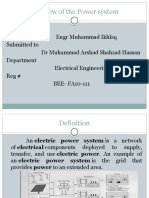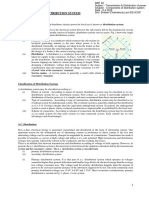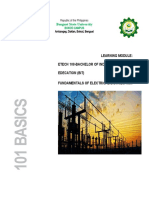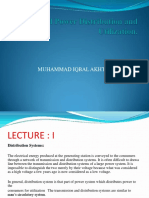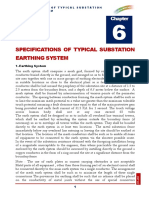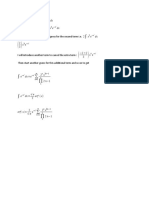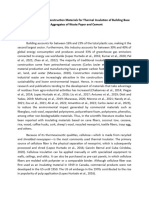0% found this document useful (0 votes)
64 views11 pagesElectric Power System "Distribution System Installations To Be Grounded"
The document provides an introduction to electric power systems, including:
1. Generation of electric energy at power stations using thermal, hydraulic, and nuclear sources.
2. Transmission of power over long distances at high voltages, then stepping down voltages for distribution.
3. Distribution of power to individual consumers through networks that step down voltages further.
It discusses the components, configurations, and purposes of generation, transmission, and distribution systems. Diagrams illustrate a thermal power station, HV/MV substation, and distribution transformer arrangements.
Uploaded by
Yahya Faiez WaqqadCopyright
© © All Rights Reserved
We take content rights seriously. If you suspect this is your content, claim it here.
Available Formats
Download as PDF, TXT or read online on Scribd
0% found this document useful (0 votes)
64 views11 pagesElectric Power System "Distribution System Installations To Be Grounded"
The document provides an introduction to electric power systems, including:
1. Generation of electric energy at power stations using thermal, hydraulic, and nuclear sources.
2. Transmission of power over long distances at high voltages, then stepping down voltages for distribution.
3. Distribution of power to individual consumers through networks that step down voltages further.
It discusses the components, configurations, and purposes of generation, transmission, and distribution systems. Diagrams illustrate a thermal power station, HV/MV substation, and distribution transformer arrangements.
Uploaded by
Yahya Faiez WaqqadCopyright
© © All Rights Reserved
We take content rights seriously. If you suspect this is your content, claim it here.
Available Formats
Download as PDF, TXT or read online on Scribd
/ 11










